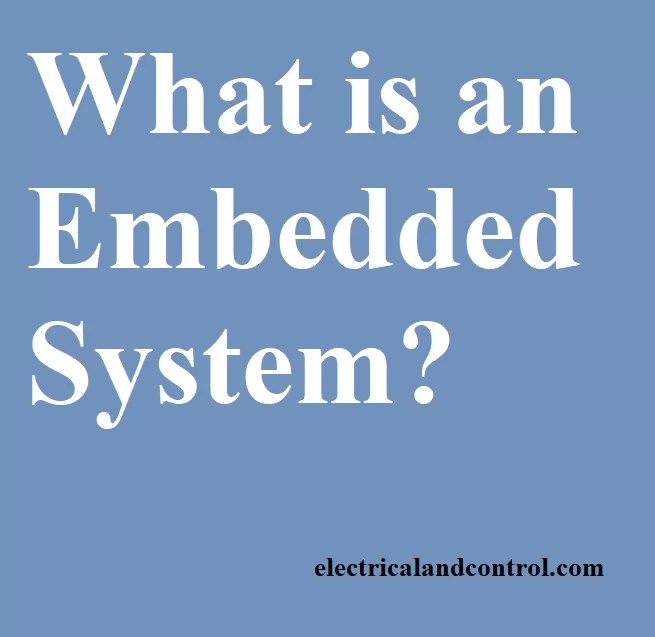Since this is an ever evolving field with advancement in technology, you will find various definitions of embedded systems out there but what stands out from all of them is that, they are electronic systems that contain either a microprocessor or a microcontroller, but we don’t think of them as computers, because the computer is hidden or embedded in the system.
We can therefore define an embedded system as a microcontroller-based, software-driven, real time control system that is independent, or human or network-interactive which operates on diverse physical variables and in diverse environments albeit reliably.

An embedded system has three main components that are embedded into it:
We have several examples of embedded devices that include:
Also read: Microprocessor vs. Microcontroller, What are the Differences?
Image source Pixabay The rate of the development of energy sources that are alternatives to…
Image by Pixabay Automation is transforming industries worldwide, and construction is no exception. Companies are…
A closeup shot of a warning lamp in the street at night, image by Freepik…
Impeller flowmeters at times referred to as paddlewheel meters are one of the frequently utilized…
Photo by Héctor Martínez on Unsplash Introduction Yes! If you have old electronic devices that you…
The cosine of the angle between voltage and current in an AC circuit is referred…